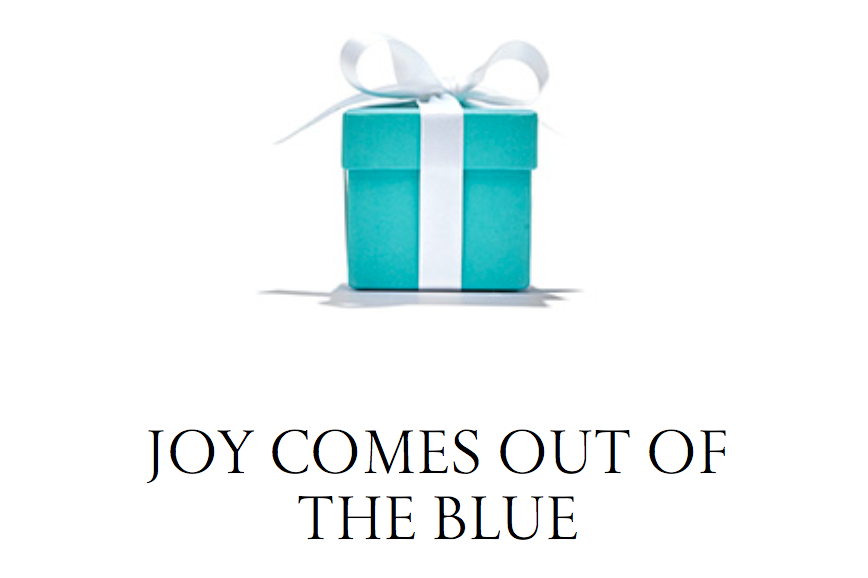When purchasing jewellery or watches, consumers don’t just buy a product. They buy into the brand experience and values. The woman wearing a string of pearls with Chanel embellishments wants to be perceived as classically sophisticated, the man with the S10,000 Swiss watch could tell the time just as easily with a $3 Chinese model. In the luxury market, our brands define us.
Packaging design influences the way consumers view products, positioning both emerging and established brands in the luxury segment and helping maintain brand values, margins and sales. It is by no accident that the Tiffany Blue is protected as a colour trademark by Tiffany & Co. The right packaging helps customers buy into the brand.
So what makes for luxury packaging? There are a number of factors to consider, from design and functional requirements, to materials, colour and visual branding and the desires that motivate the customer demographic.

Colour
In the jewellery sector, packaging colours tend to be drawn from the cool spectrum. Other than deep reds, few luxury brands use cheap and cheerful colours such as yellow or shocking pink. Tiffany’s signature blue box is iconic, while Chopard favours intriguing black textured boxes. Pomellato adds distinction with a variety of round boxes, in reds and blacks. Links of London bypass the need for fitted cases with a packaging suite in black bordered cream card complemented by black jewellery pouches, ribbon and matching bags.
Materials
It’s important that luxury packaging for jewellery and watches be robust. Many of the products are gifted and passed down through the generations as heirlooms and flimsiness conveys a sense that the contents may be of inferior quality or even fake.
While card is the most commonly used packaging materials, natural materials such as silk, wood, metal or lacquer can add value, while enhancing the contents. Natural wooden packaging can work for more organic, natural brands or those using Fairtrade precious metals or gems, reflecting the ethical and sustainable values of the brand. Metal packaging is more often associated with masculine brands that draw on an engineering or sporting background, evoking the early days of flight, the space program or automotive sports. Lacquer finishes, drawing on both Japanese and Russian traditions, work well for a sophisticated global client base.
Textures
Textures tend to be sleek and understated, conveying discrete luxury and finishes are often matte rather than glossy, with considerable attention to detail.
User Experience
Consideration should be given to the experience of opening and closing when designing luxury jewellery packaging. Boxes must glide open smoothly and elegantly. No-one wants to show off their engagement ring having broken a nail opening the box.
Older consumers may prefer boxes that are simpler to open, while a technologically-savvy clientèle may favour a secret opening, such as a puzzle box, or interior micro-LED lighting. Even the speed of opening or the satisfying click as a box closes can enhance the appeal to consumers.
Never before has the role of packaging been more in focus than today when purchasing behaviour and habits are becoming increasingly more difficult to read and predict.
From colour to shape, from materials to functionality, the packaging of what we buy is a key part of creating the emotional experience of giving and receiving. No-where is this more true than in the jewellery sector where iconic boxes, such as the cherished Tiffany Blue Box, are kept as reminders of special moments.
To discuss the latest trends in packaging design, or discuss how Hunter Sourcing can elevate your luxury brand click here.


